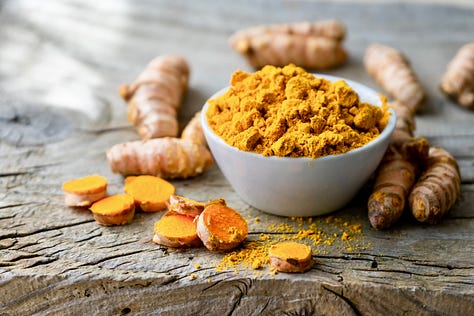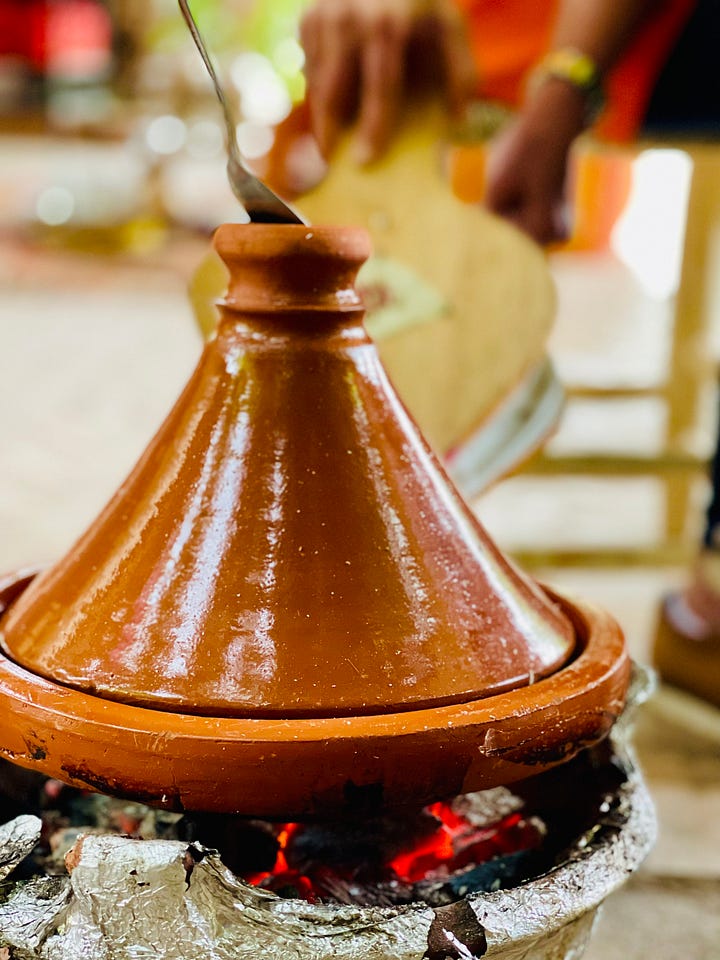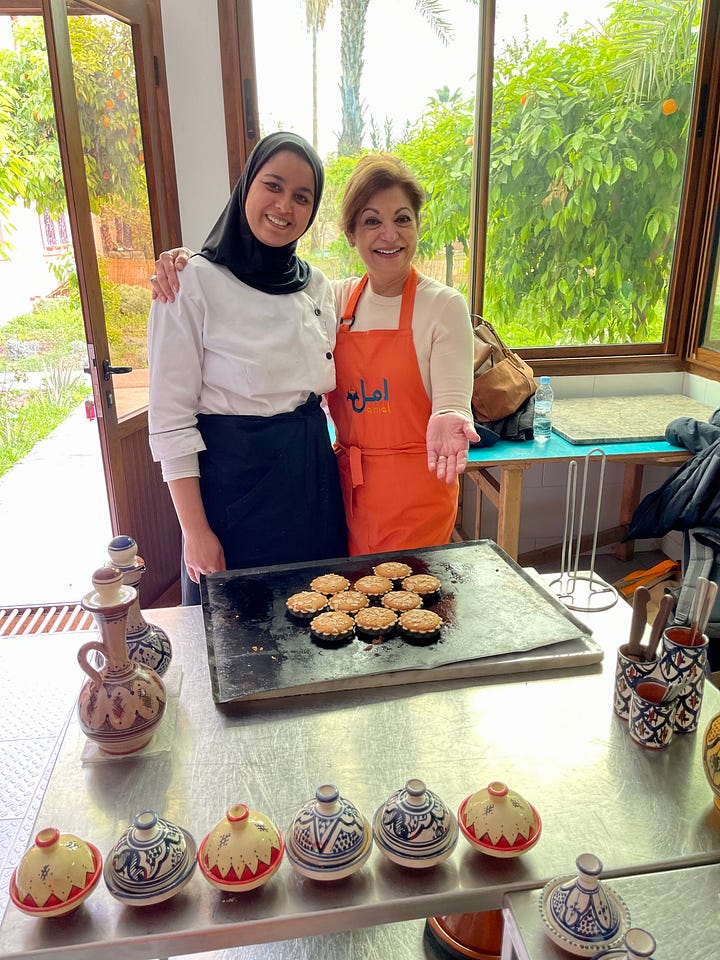Flavors Beyond Borders
A Celebration of Food & Faith
Ramadan, the most sacred month in Islamic culture, is not only a time of reflective awareness and spiritual growth but also a time for believers to come together as a community. A time of charity generosity, philanthropy, goodwill, and humanitarianism.
The end of Ramadan is marked by the celebration of Eid al-Fitr, a joyous festival that lasts for three days. During this time, people gather for communal prayers, visit family and friends, exchange gifts, and partake in festive meals.
Growing up in the vivacious city of Hong Kong, I was fortunate to be a part of a close-knit and diverse Islamic community. Our neighborhood was a melting pot of society and traditions, and it was during festive times that the true spirit of unity and conviviality came alive.
The air was filled with anticipation and excitement as Diwali, Ramadan and Eid approached. Our homes were adorned with beautiful lights and decorations, and the aromas of numerous cuisines wafted through the air. It was a time when friends and neighbors came together to share the festivities.
In our family we believed in embracing the spirit of inclusivity. During Diwali, we would prepare a feast of customary Indian dishes and invite our Islamic community to commemorate with us. The laughter in the room spoke volumes.


In turn, our friends graciously invited us to join them in observing Ramadan and Eid. Learning in close proximity about the month of fasting with friends who were excited to share details of their sacred time of the year. I still hold dear memories of the tables adorned with an array of mouthwatering dishes from different culinary traditions!
What struck me most was the incredible diversity in the dishes served. Lebanese Mezze, Persian Kebabs, Mediterranean Delicacies, and Greek Sweets would fill their place on the laden tables. A captivating fusion gastronomy affair that honors the unhurried pace, and interconnectedness of our community.
I have been ruminating on the various ways in which individuals can derive benefits from observing Ramadan fasting, and I have come to appreciate the numerous positive experiences that have been shared with me by friends. Ramadan, also known as Intermittent Fasting, is believed to offer a range of advantages such as stress relief, overall health improvement, and spiritual elevation.



Some believe that it allows for a purification of our digestive systems, granting them a much-needed rest and facilitating healthy detoxification. Moreover, Ramadan is often viewed as a period of personal growth and spiritual introspection, during which damaged cells are eliminated and a self-cleansing process occurs. Consequently, this fosters a healthy detoxified gut.
In the enchanting world of Ramadan cuisine, every meal is a jubilee of flavors, spices, and brilliant jewel colors. As the sun sets, marking the end of the day’s fast, that tantalizes the senses and nourishes the soul. The dishes prepared during Ramadan reflect rich heritage, passed down through generations, and infused with a diverse tapestry of cultures.


One of the defining characteristics of Ramadan food is the masterful use of spices. From the subtle warmth of cumin to the fiery kick of chili peppers, each spice is chosen carefully to enhance he flavors of the ingredients and create a harmonious blend of tastes. Fragrant cinnamon, earthy turmeric, aromatic coriander, and exotic saffron are just a glimpse of the spice palette that transforms simple ingredients into culinary masterpieces.
The resplendent colors that adorn the table are a testament to the joy and festivity of the occasion. Brilliant reds, verdant greens, sunny yellows, and deep purples paint a picture of abundance and vitality. Fresh herbs such as parsley, mint and cilantro add a burst of emerald-green, while tomatoes, bell peppers, and carrots infuse dishes with their vivid hues. The sight of a tastefully presented platter of food is enough to awaken the appetite and ignite a sense of anticipation.


Cooking techniques employed during the season are as varied as the regions from which these dishes originate. Grilling imparts a smoky essence to succulent meats and fish, while slow simmering transforms humble ingredients into hearty sews. Deep frying lends a crispy exterior to golden falafel and samosas, while steaming delicately cooked grains and vegetables to perfection. These techniques, passed down through generations, carry the wisdom and secrets of creating flavors that are both comforting and enticing.
Whether it is the velvet texture of lentil soup, the aromatic embrace of a chicken biryani, or the crisp bite of a falafel, Ramadan food is a sensory journey that connects us to our heritage and brings us closer to our loved ones. It is a time to savor the exquisite flavors, appreciate the vibrant colors and embrace the art of cooking that has been cherished for centuries. So let us embark on this culinary adventure together, as we explore the spices, colors, and cooking techniques that make Ramadan food a true feast for the senses.
It is important to consider that our bodies need good nourishment to compensate for the stress of fasting. Whole grains, vegetables, heathy fat from plants like olive oil and nuts are all important to give our bodies all the nutrients it needs.
Whilst the specific foods can vary depending on cultural traditions and regional preferences, here are some common foods that are consumed globally during Ramadan:
Dates, traditionally eaten to break the fast, not only a religious tradition but also cultural and social practice. Dates are a good source of natural sugars and quick source of providing energy, rich in potassium.
Soups and Broths, Harira a traditional Moroccan legume-based soup with a blend of spices, tomatoes, lentils, and chickpeas, sometimes embellished with broken vermicelli, provides nourishment and hydration.
Pakoras, Samosas and Falafel, crispy appetizers, a part of meze, usually served with mint, tamarind, or coconut chutney, to whet the appetites before the main meal. Falafel fritters, primarily made with chickpeas, are high in complex carbs, fiber, protein and contain essential vitamins and minerals.
Shish Kebabs & Shawarma, whether lamb or chicken, they are equally filling and satisfying, typically served with flatbreads and sumac onion salad.


Chicken or Fish Tagine, often savory and sweet, with liberal use of preserved ingredients such as olives and lemons, prunes, and apricots. The spices and aromatics include saffron, ginger, turmeric, paprika, cinnamon and coriander. Vegetables such as potatoes, carrots, onions, zucchini, peas are layered in.
Fatayer, meat and spinach pie, originated in Levant, the secret is to get the dough to rise well so it yields a tender thin pocket… served with tomatoes, cucumber, and olives.
Fruits and Juices: Jallab (refreshing juice prepared by mixing grape molasses, dates, rose water and sugar)., Tamarind Sherbet and Skanjabeen-Mint Lemonade, made with both lemon as well as lime which is a great booster to our immune system.
Sweets and Desserts, Babousa – syrup soaked semolina cake. Maamoul – buttery cookie filled with date and pistachio. Bamieh – a choux-pastry like doughnuts with saffron and rosewater syrup.
Whilst indulging in feasts with our loved ones holds great significance, it is equally crucial to extend our support to the community by providing nourishment during the holy month of Ramadan - a time of giving and compassion.
Nora Fitzgerald, Founder & President of Amal Center in Marrakech, Morocco, exemplifies this spirit by annually distributing bags of food to those in need. Each bag feeds a family of four. Their annual food campaign baskets are a blessing to many contributors and receivers.
We were blessed to be a part of this in person during the preparations 2 years ago.


Reflecting on those moments of celebrations in Hong Kong has taught me the profound power of food to unite people from diverse cultures, bridge divides, and foster a heartfelt sense of unity and understanding. The flavors that transcended borders during these joyous occasions served as a testament of our shared human experience.
“Ramadan Mubarak” “Eid Mubarak”





